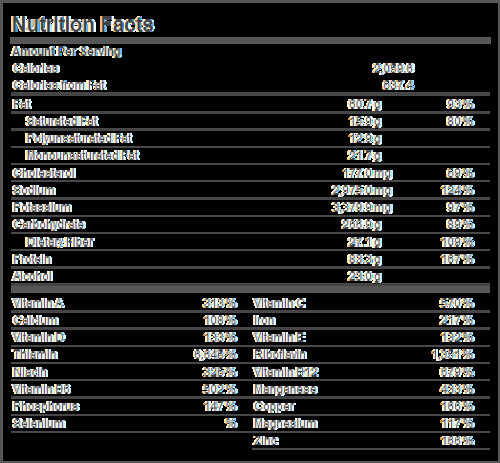by Julie Stoddard
Nutrition facts labels may just be taking up space.

Photo Credit: syvwich’s photostream/flicker.com
A new study published in the November issue of the Journal of the American Dietetic Association found shoppers lack the attention span to read the labels, even though many people claim to read them while shopping.
PICTURES: Nutrition Facts a Flub? Designers rethink the food label.
For the study, researchers put 203 people in front of a computer screen to look at 64 grocery items. Each screen had a nutrition label, a picture with a list of ingredients and a description of the product’s price. The screens were equipped with an eye-tracking device so researches could tell what participants were really looking at, and participants also filled out a questionnaire on what labels they saw.
The questionnaires showed that 33 percent of participants “almost always” look at calorie content on nutrition labels,” while 31 percent said the same for total fat, 20 percent for trans-fat, 24 percent sugar, and 26 percent looked at serving size.
What did the eye-tracker have to say? “Yea, right.”
It showed that only 9 percent of participants looked at calorie counts for almost all of the products, and about 1 percent looked at all those other nutritional components on all products.
“The results of this study suggest that consumers have a finite attention span for nutrition facts labels,” study authors Dr. Dan J. Graham and Dr. Robert W. Jeffrey, epidemiologists at the University of Minnesota, Twin Cities, said in a written statement. “Although most consumers did view labels, very few consumers viewed every component on any label.”
Is all that nutrition info just wasted ink? The researchers said the problem lies with the positioning of the labels. They switched up the label placement throughout the study, and when labels were front and center, more than 60 percent of participants read at least one section of the label, compared with less than 40 percent who read a section of labels located on the left or right sides of the monitor.
“Location of labels and of specific label components relate to viewing,” the authors said in the statement. “Because knowing the amounts of key nutrients that foods contain can influence consumers to make healthier purchases, prominently positioning key nutrients – and labels themselves – could substantially impact public health.”
Last week, a panel from the Institute of Medicine recommended a new labeling system for food packaging that features a star rating system where shoppers can check what’s healthy at-a-glance.
To read more about this rating system, click here.




